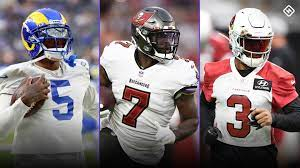
Pumped by the heart, blood circulates around the human body through millions of blood vessels. These deliver oxygen and other essential substances to the body’s cells and tissues.
The three types of blood vessels are arteries, veins and capillaries. Arteries carry oxygen-rich blood away from the heart. Veins carry oxygen-poor blood back to the heart. These two networks are linked by the smallest blood vessels, capillaries. Oxygen seeps through their thin walls into cells and tissues, while carbon dioxide goes in the other direction, from cells to capillaries.
The inner surface of every blood vessel is lined by a thin layer of cells known as the endothelium. The endothelium is separated from the tough external layers of the vessel by the basal lamina, an extracellular matrix produced by surrounding epithelial cells. The endothelium plays a critical role in controlling the passage of substances, including nutrients and waste products, to and from the blood. Under certain circumstances, tissues may grow new blood vessels, a process known as angiogenesis. Angiogenesis plays an important role in the replacement of damaged tissue but also occurs under abnormal conditions, such as in tumour growth and progression.
Picture Credit : Google



